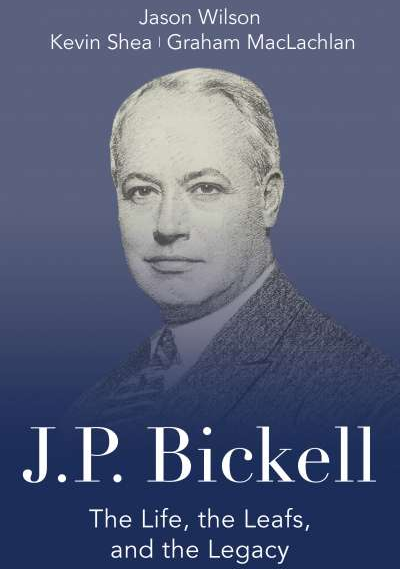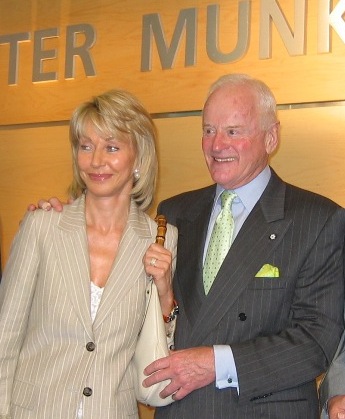http://www.northernminer.com/
The evolution of Elliot Lake, Ont. — from a logging and fur-trapping centre in the early 1900s to the uranium capital of the world in the 1950s and 1960s, and then to its present status as one of most successful retirement communities in Canada — is unique. And few people know that history better than M.E. (Dit) Holt, a mining engineer who began his career by taking part in the staking rush that transformed a remote wilderness north of Lake Huron into a mining boom town.
In the next few months, Holt will bring that history back to life through a series of columns featuring the men (in those days, mining was a man’s game) who found, financed and developed a total of 11 mines in the district.
To set the stage, we’ll go back to 1948, when Aim Breton and Karl Gunterman discovered radioactive rock in Long Twp., east of Blind River. However, significant deposits of the radioactive element were not found, and Breton and Gunterman let their claims lapse. In 1952, prospector Franc Joubin (1911-1997), backed by financier Joseph Hirshhorn (1900-1981), restaked the lapsed claims and set out to determine exactly what was exciting his geiger counter.
























